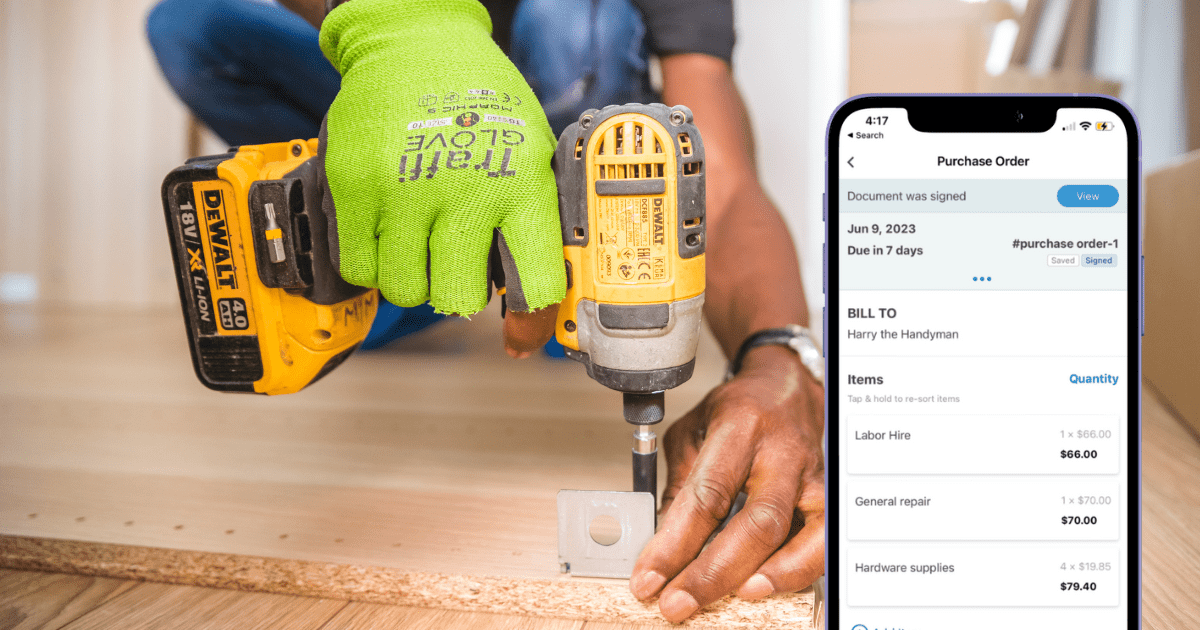In 2018, the freelance economy is replacing or supplementing traditional jobs for many people. Everyone has their own reason for freelancing, but the end game is the same – to get paid.
Many people who are just starting out as freelancers or deciding to freelance often ask themselves the same inevitable question: How do I know what to charge as a freelancer for my services or expertise?
The reality of freelancing is there is no one standard answer or magic formula and depends on a number of variables. While pricing factors often vary based the job, scope of work, industry, location, experience level, competition, and other factors, there are a few standard guidelines that freelancers can use to gauge what they should charge for their services. Here are few tips to help you decide how much to charge as a freelancer:
Check out your competition
Whether you’re a software designer, content writer, or graphic designer, you’re not the only one in the game. Visit common freelance sites such as Upwork, Elance, or Fivver to see what people in your country are charging for their services. If your service is hyper-localized and cannot be performed remotely, try to narrow your search to your particular region or city. You might also want to perform an internet search for freelancers as many have their prices listed on their website.
For example, if you are a sign artist, you might search for “sign artist in [your city].” While your prices may be slightly higher or lower than your competition (more about that soon), you want to price yourself in the same ballpark as them. If you price yourself too high, you’ll price yourself out, but if you price yourself too low, potential clients will likely question the quality of your work and/or experience. Typically if something is too good to be true, it often is.
Evaluate your experience
A freelancer who has a strong portfolio of work and solid references can charge more than someone who is just starting out. While you can use unpaid work or examples from school projects as your examples of work, if you do not yet have an extensive portfolio, you’ll have to price yourself lower than your competition until you can build up your name brand.
Compare it to a similar job
Think about what you got paid when you worked for a company (or what a person with a similar job working for a company might make). A general rule of thumb is to charge about 85% of what you’d make if you worked for someone else.
Decide if you will charge hourly or per project
For example, a writer might charge $200 per 500 words or $30 per hour. The benefit of charging an hourly rate is simple- you get paid per hour worked. It also allows freelancers the ability to make revisions to their work if necessary. However, this tends to make clients nervous as they may disagree on how long a job should take to complete. If the client is expecting a job to take two hours and the freelancer bills them for ten, the client is likely to be very unhappy. (Freelancers who charge an hourly rate should always specify a maximum amount of hours in their contract so the clients know what to expect in a worst-case scenario.)
Roshan Perera of Freelancing Hacks points out that choosing a fixed price will give you more freedom to spread your hours for working on different projects and deliver the best results by spending more time working on each project without having to worry about the hourly rate. This is the main reason that Perera encourages beginners to choose a fixed pricing option.
Check your bank account
Once you’ve been at the freelancing game for a while, you’ll be able to pretty easily evaluate your price point. If you’re not making money despite your best marketing and networking efforts, you may have priced yourself too high. If the workload starts to get too heavy, it might be time to increase prices and price-out clients who are not willing to pay, thus focusing on the most profitable jobs.

Freelancers need to remember that they should periodically re-evaluate their prices for freelance services, as, like all wages and salaries, most are subject to inflation over time. A good recommended time is to re-evaluate at least once every three years – more so if they are in a highly volatile industry, such as information technology where clients are continually demanding top-tier skills.
Last, perhaps most importantly, freelancers must remain at the forefront of their respective industries. Just because you are a great web designer and know all of the latest and greatest techniques in 2018 does not mean that you will still be able to charge top prices in five years – unless you are proficient in the latest technology and techniques.



